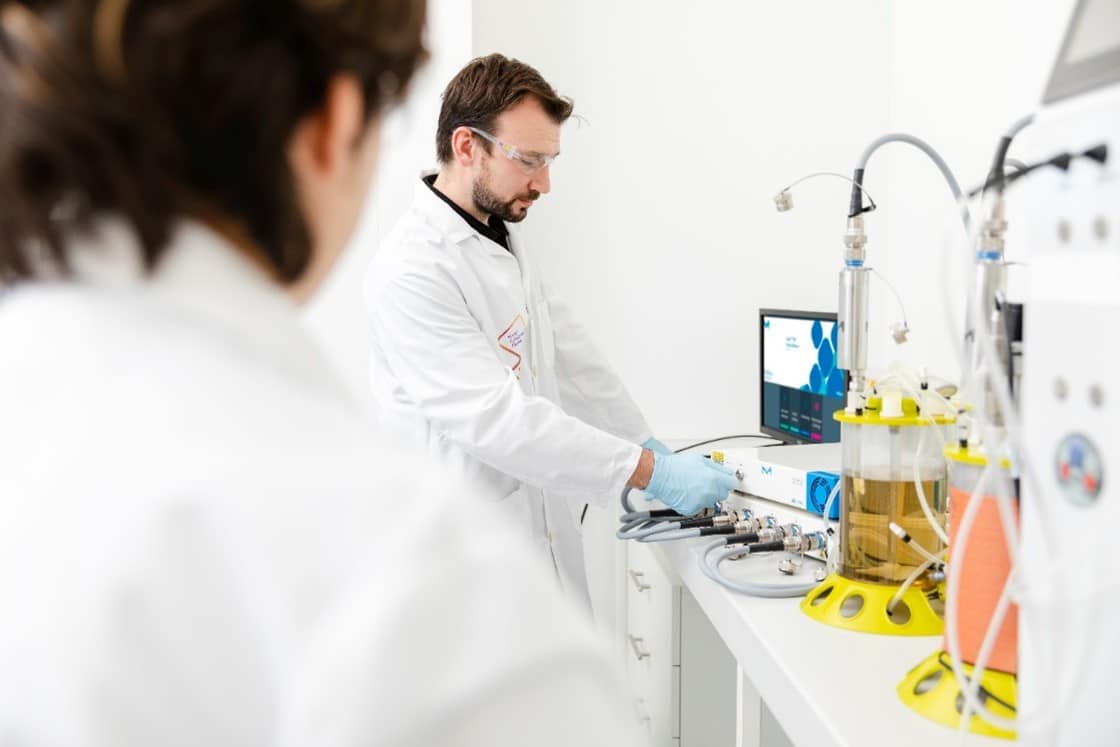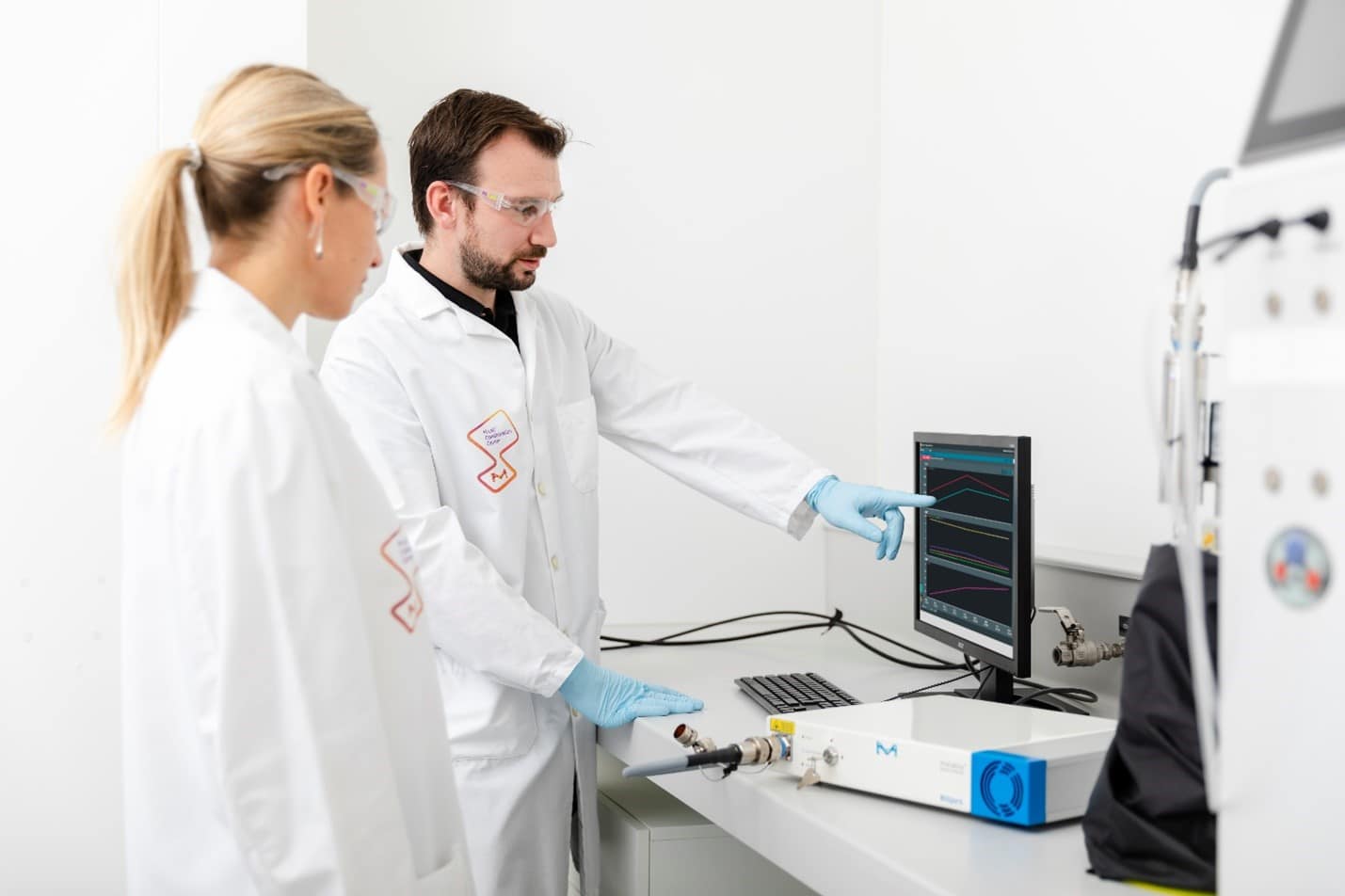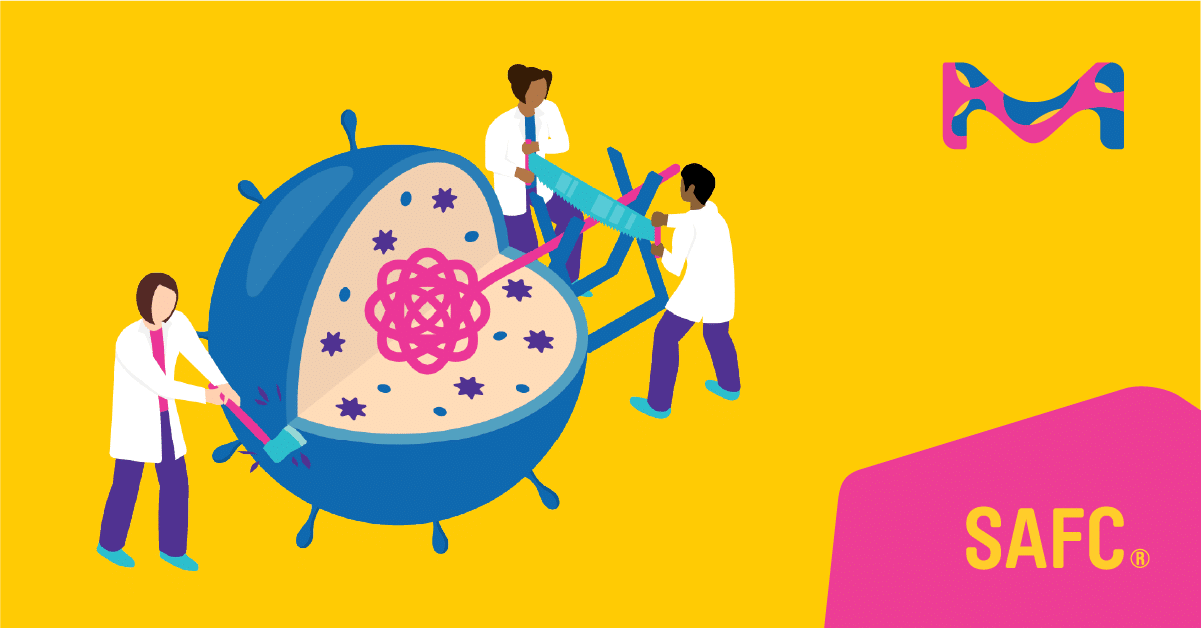mAb, ADC, recombinant · News
In-Line Real-Time Monitoring of CHO Cell Culture Process Parameters using Raman Spectroscopy
• Traditional cell culture monitoring offers limited insights, while real-time measurement of critical process parameters provides direct indications of culture state.
• Implementing process analytical technology (PAT) for in-line, real-time measurements improves process understanding, decreases risk, and enables more advanced process control.








